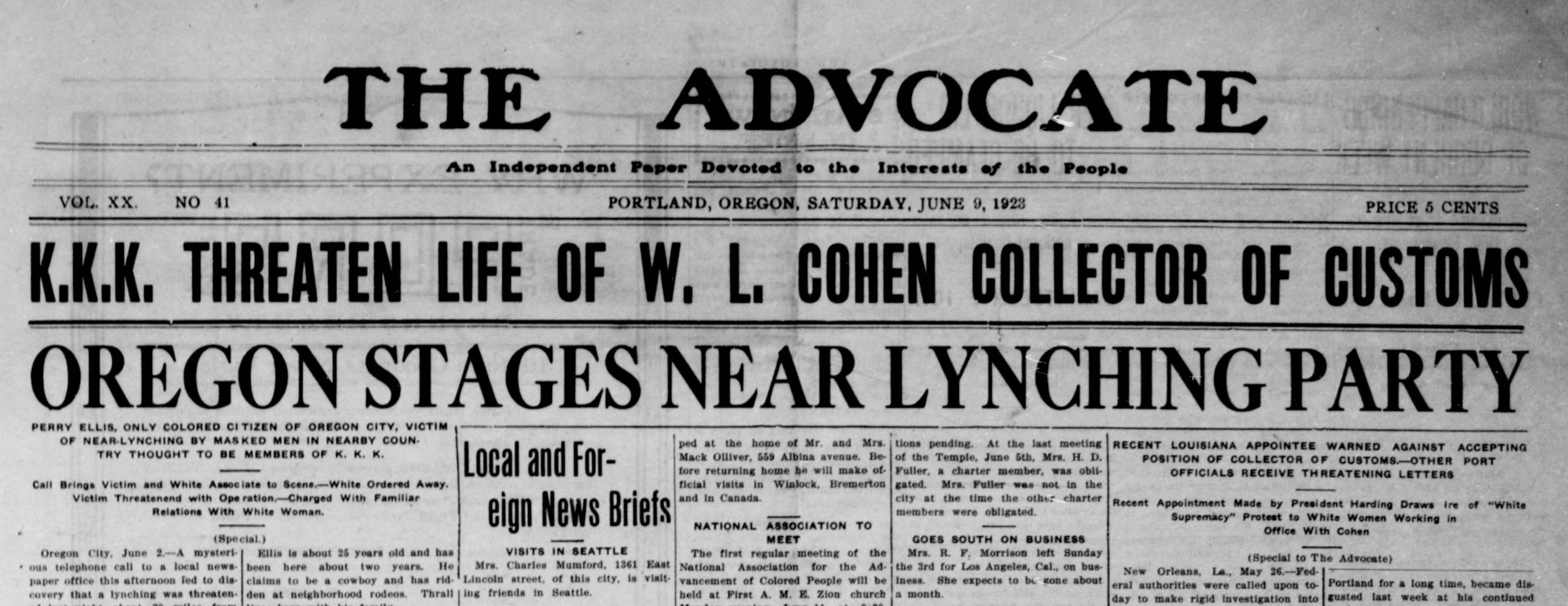The Basic Principles Of News Articles
The Basic Principles Of News Articles
Blog Article
The smart Trick of News Articles That Nobody is Talking About
Table of ContentsGetting The News Articles To WorkExamine This Report on News ArticlesNews Articles Can Be Fun For AnyoneThe Greatest Guide To News ArticlesThe 25-Second Trick For News Articles
Excellent understanding of various subjects offers students an affordable side over their peers. Despite the fact that digital and social media sites are easily accessible, we should not fail to remember just how crucial it is to read the newspapers. Moms and dads have to try and instill the routine of reading a paper as a day-to-day regimen to proceed the heritage of the revered print tool.Information stories also have at least one of the complying with important qualities relative to the designated audience: closeness, prestige, timeliness, human interest, quirk, or repercussion.
Within these restrictions, news stories likewise aim to be thorough. Various other aspects are included, some stylistic and some obtained from the media kind. Amongst the larger and extra revered newspapers, justness and balance is a significant consider offering information. Commentary is normally confined to a different area, though each paper may have a various overall slant.
Papers with a worldwide audience, for instance, tend to make use of a much more formal style of composing. The certain options made by a news outlet's editor or content board are often gathered in a design overview; typical design guides consist of the and the US News Style Book. The major objectives of information writing can be summarized by the ABCs of journalism: precision, brevity, and clarity.
Some Known Details About News Articles
As a rule, reporters will not utilize a long word when a short one will do. News authors try to stay clear of making use of the very same word more than once in a paragraph (occasionally called an "echo" or "word mirror").
Headlines often omit the topic (e.g., "Jumps From Boat, Catches in Wheel") or verb (e.g., "Feline female lucky"). A subhead (also subhed, sub-headline, subheading, subtitle, deck or dek) can be either a subordinate title under the primary headline, or the heading of a subsection of the post. It is a heading that precedes the primary text, or a team of paragraphs of the main message.

Additional signboards of any of these types may appear later on in the write-up (specifically on succeeding pages) to lure further reading. Such billboards are also utilized as tips to the short article in other areas of the magazine or site, or as promotions for the item in other magazine or sites. Normal structure with title, lead paragraph (summary in vibrant), other paragraphs (information) and contact info.

Instance of a hard-lead paragraph NASA is recommending one more room job. The firm's budget request, announced today, consisted of a strategy to send one more goal to the Moon. This time around the agency wants to develop a lasting facility as a jumping-off place for other area experiences. The spending plan demands approximately $10 billion for the project.
The NASA announcement came as the company asked for $10 billion of appropriations for the project. An "off-lead" is the 2nd most important front page news of the day. The off-lead shows up either in the leading left edge, or directly below the lead on the right. To "hide the lead" is to begin the article with history info or information of additional significance to the viewers, forcing them to learn more deeply into a write-up than they should need to in order to uncover the vital points.
News Articles Things To Know Before You Get This
Common use is that one or more sentences each form their own paragraph. Reporters generally describe the company or framework of a newspaper article as an upside down pyramid. The important and most interesting elements of a tale are put at the beginning, with sustaining details adhering to in order of lessening significance.
It enables this website people to check out a topic to only the depth that their curiosity takes them, and without the imposition of details or subtleties that they can take into consideration irrelevant, yet still making that details available to extra interested viewers. The upside down pyramid structure additionally enables articles to be trimmed to any type of arbitrary size throughout design, to suit the room readily available.
Some authors start their stories with the "1-2-3 lead", yet there are lots of kinds of lead offered. This style invariably begins with a "Five Ws" opening paragraph (as described above), adhered to by an indirect quote that offers to sustain a significant aspect of the very first paragraph, and after that a straight quote to support the indirect quote. [] A twist can describe several points: The last tale current program; a "delighted" story to finish the show.
Longer articles, such as publication cover short articles and the items that lead the inside sections of a paper, are called. Feature stories vary from straight check my blog information in a number of means. Foremost is the lack of a straight-news lead, a lot of the moment. Rather than using the significance of a story in advance, feature writers might try to entice readers in.
News Articles Can Be Fun For Everyone
An attribute's first paragraphs commonly connect an intriguing moment or occasion, as in an "anecdotal lead". From the details of a person or episode, its view quickly broadens to abstract principles concerning the tale's topic.

The Editor's Toolbox: A Referral Overview for Beginners and Professionals (2001) Allan M. Siegal and William G. Connolly. The New York City Times Manual of Style and Use: The Authorities Style Guide Utilized by the Writers and Editors of dig this the World's The majority of Authoritative Newspaper (2002) M. L. Stein, Susan Paterno, and R.
Report this page